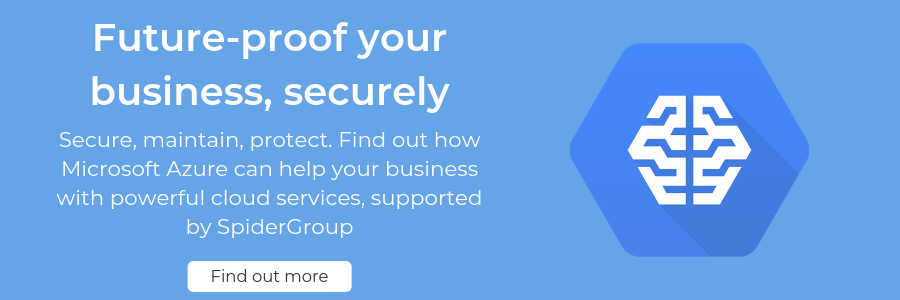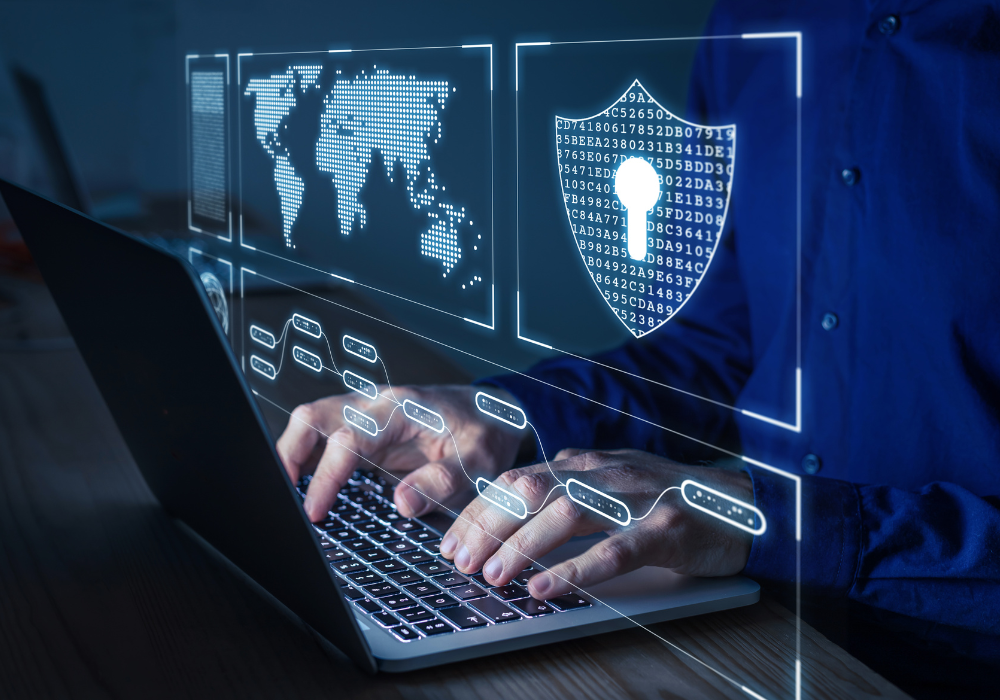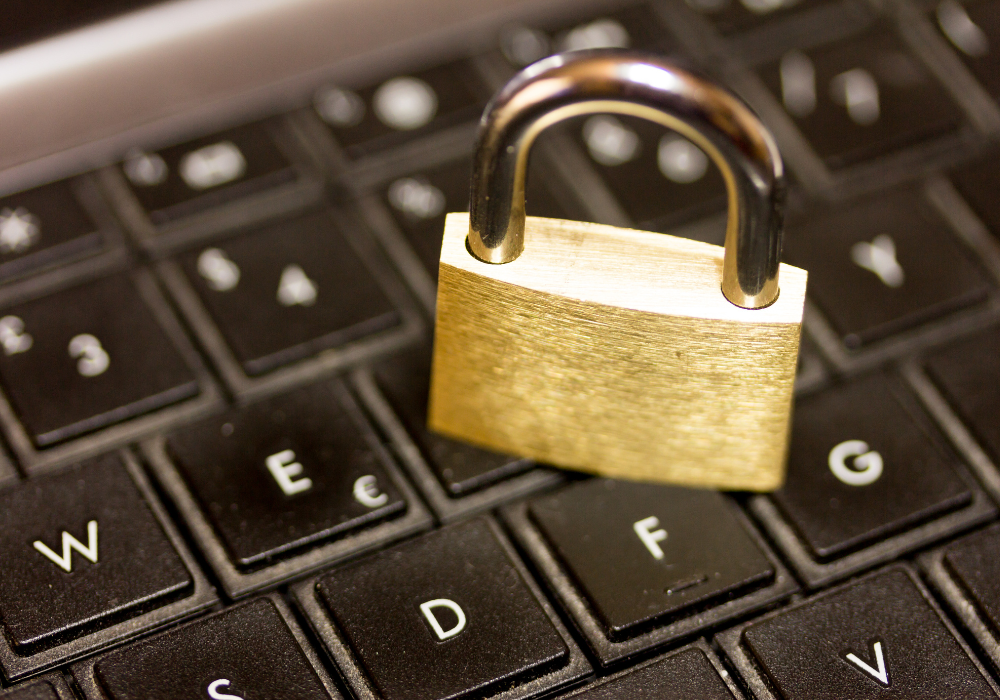In a world that is becoming increasingly more digital, the struggle to keep businesses secure rises. Having an effective security and compliance strategy is critical to help prevent security breaches and data loss. This guide should help you understand the importance of a security and compliance plan and draw your own strategy.
Assume the worst
According to Microsoft, more than 63% of data breaches happen due to weak, default or stolen user credentials and 73% of CISOs indicated that their organisation encountered leaks of sensitive data and data spillage in the last 12 months.
A security breach can have severe consequences, not only for your business but also for your clients. Often, clients trust financial and legal information that needs to be kept confidential. A breach can result in broken relations or confidence between you and your client.
Preparing your business for the worst-case scenario is the best way to guarantee you'll have a clear and effective plan if the day comes. One common tool used is Identity-driven security, which allows companies, in case of a breach, to find the cause rapidly by showing you the user, device or data activity that you wish to see. It also gives you multi-factor authentication.
But before we accept all is going to end badly, let's look at what we can do to try minimising the risks and consequences!
Prevent
Update, update, update
We get it, we are also guilty of clicking on ‘remind me tomorrow’ when the update window pops-up. We almost feel offended that the computer wants to restart now, just when we finally found the perfect Spotify playlist….
However, computer software companies will be constantly working on security safeguards. By updating your computer or system to the latest version, you’ll be more protected. It’s also a smart idea to have an anti-virus installed.
Restrict data access
By limiting the data access given to employees solely to the data they need to do their job, you'll have a much better control of who knows what. Plus, you’ll make everyone happy that they don’t have to browse 3,000 files of finance when they only wanted the letter template.
Cloud all the way
Cloud servers have a high level of security and are heavily encrypted. There are also software options to track who does what and remove permissions after employees leave, making the breakup less messy. However, cloud-based threats are on the rise, so make sure you thoroughly research how your data is being stored and protected.
Plan for Remote Working
More businesses are allowing remote work than ever before, but this can come with its own set of security risks. Home working can widen your network and make it more difficult to manage.
Ensure that staff have a good understanding of basic secure practises - such as storing work devices securely, using approved password management and avoiding public Wi-Fi networks - can help towards this. Using virtual desktops can also lessen the risk.
Get Certified
Investing in security schemes such as Cyber Essentials can help businesses to protect themselves from 80% of cyber-attacks. It's not free but working towards the certification using their five controls can be a great security guide if you're not sure where to start. Even if you feel confident in your company's current security tools, having the certification shows investors that you're taking security seriously.
Detect- How to find the source quickly and efficiently
When a breach is detected, the first thing to do is judge the extent of the breach and stop it. To make sure you find it in the first place, you should put into practice a security protocol that includes things like:
Mapping your infrastructure is important so that you can understand how big (or small) your network is and your team can begin to decide where detection sensors should be placed.
Cybersecurity sensors should be placed across your network to ensure security is automated and in real-time. Bigger networks will struggle more to detect a malware than a small network. And if you have remote sites, be advised that they are often used as side doors, often attackers know these sites are not monitored as closely as the others. It might be worth investing a chunk of your budget in cybersecurity.
Analysing the data is a way of finding unusual activity. The security team should be on the lookout for unauthorised proxies, custom tunnels, file transfer applications and unauthorised remote desktop protocols. Minor things like equipment behaving oddly or employers getting spam emails should also be taken into consideration and kept under surveillance.
Ok, so you know what to do and what not to do but the big question is… Who’s going to take the blame? The company, most likely. Breaches can happen due to malicious activities, human error and computer system error. This is why preventing is an integral part of being safe.
It happened, now what?
Each business will have its own contingency plan. We recommend keeping these things in mind :
-
Containing the breach- isolate and shut it down as quickly as possible
-
Assessing risks and impact- did it affect your clients? If so, what kind of data was compromised? What caused the breach? When did it occur? These are all questions you’ll need to try finding the answers to, to understand what happened.
-
Reporting the incident- you’ll have to notify individuals affected by the breach if it involves sensitive data immediately. If not that, notify them when it has been resolved.
-
Evaluating the response and recovery to prevent future breaches- after it has been resolved, it will be time to access the situation. Find out if the current protection in practice is enough or will you need a new one to prevent similar breaches.
Finally, remember that each business is different; from size to the type of information it deals with. Therefore, each security plan should be individual, so it caters to your needs. We can help you with security and compliance, making sure your business IT is up to date.
Updated September 2021

.png)



